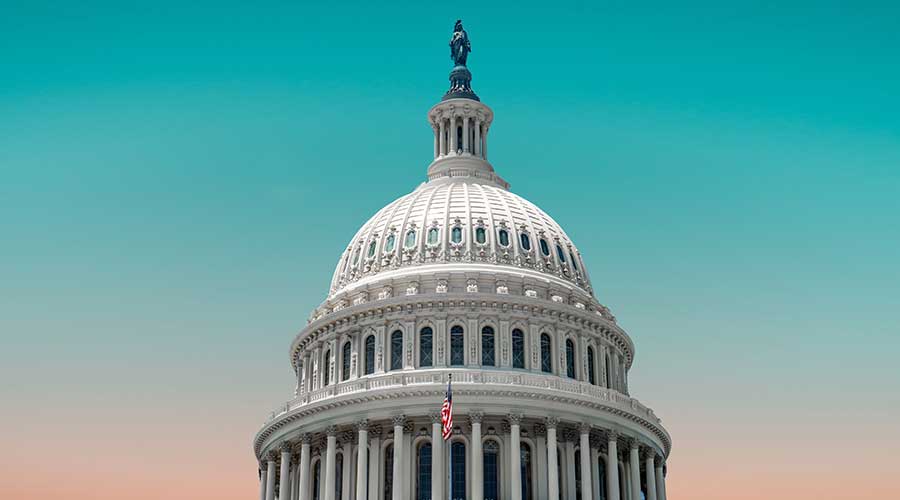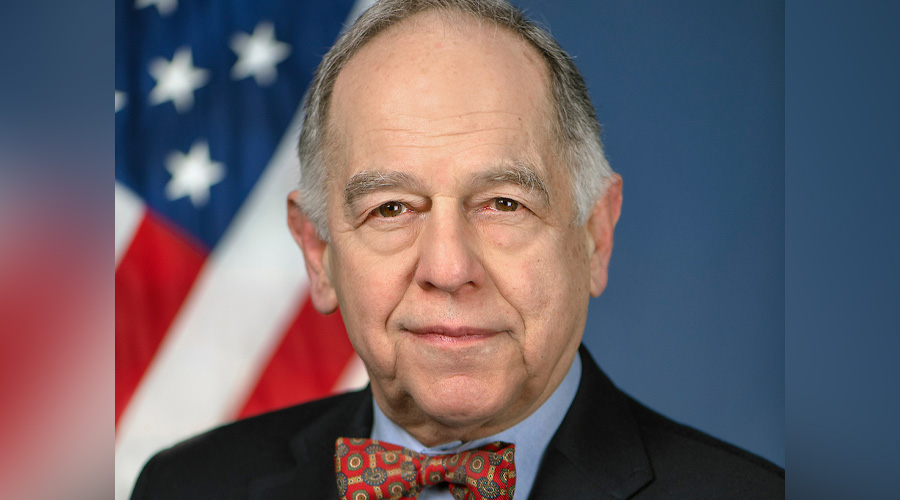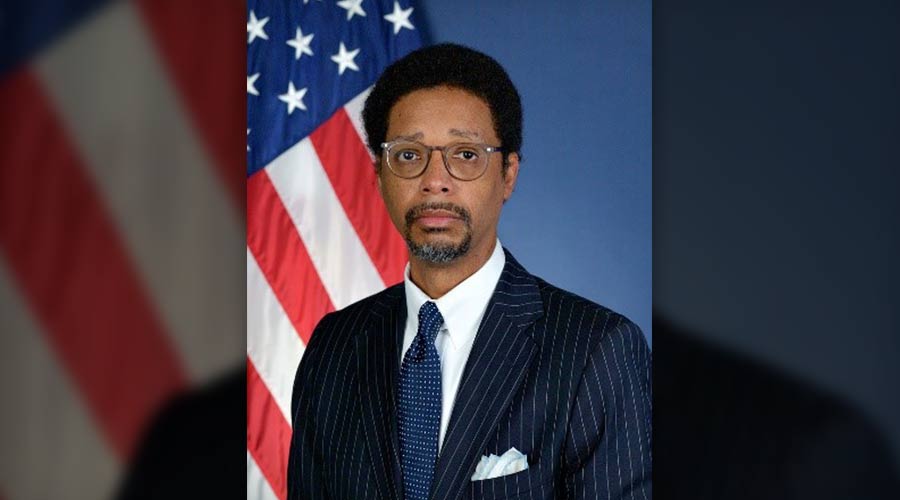Stay updated on news, articles and information for the rail industry
March 2010
Rail News: Federal Legislation & Regulation
Rail projects win lion's share of TIGER program's $1.5 billion pot
By Jeff Stagl, Managing Editor
It took about six months, but the U.S. Department of Transportation (USDOT) whittled down more than 1,400 applications for Transportation Investment Generating Economic Recovery (TIGER) grants to 51 and announced recipients on Feb. 17. The winners included rail, transit, intermodal, port, bridge and highway projects in 41 states and the District of Columbia.
Part of the American Recovery and Reinvestment Act (ARRA), the TIGER program provides $1.5 billion for transportation projects deemed to have a significant economic and environmental benefit to a metropolitan area, region or the nation. In September, the USDOT received applications seeking a total of $57 billion — or about 40 times the amount available.
'TIGER grants will tackle the kind of major transportation projects that have been difficult to build under other funding programs," said U.S. Transportation Secretary Ray LaHood in a prepared statement issued on Feb. 17, ARRA's one-year anniversary.
Majority of Money for Rail
Sixty percent of the approved grants — which range from $105 million to $3.1 million — were awarded to economically distressed areas that are home to 39 percent of the nation's population, according to the USDOT. Rail-related projects received a total of $789 million, or slightly more than half of the total allotted, according to the National Railroad Construction & Maintenance Association (NRC).
Rail-related grant awards included:
- $105 million for Norfolk Southern Railway's $2.5 billion, 2,500-mile Crescent Corridor domestic intermodal route;
- $100 million for the Chicago Region Environmental and Transportation Efficiency (CREATE) program to fund six projects ranging from rail line and viaduct upgrades to a grade separation;
- $98 million for CSX Corp.'s $842 million National Gateway intermodal corridor;
- $83 million for New York City's Moynihan Station, phase one;
- $63 million for Tucson, Ariz.'s streetcar project;
- $55 million for a commuter-rail project in Fitchburg, Mass.;
- $45 million for New Orleans' streetcar project;
- $33.8 million for the Alameda Corridor East-Colton crossing;
- $20 million for Port of Gulfport, Miss., rail improvements; and
- $17.5 million for R.J. Corman Railroad Group's 'Appalachian Short-Line" track rehabilitation project in Kentucky, Tennessee and West Virginia.
The USDOT demanded 'rigorous" economic justifications for projects costing more than $100 million, according to the agency. All grant recipients are required to report activities on a 'routine" basis.
A number of grant applicants that didn't receive awards expressed disappointment following the USDOT's announcement, including the city of Cincinnati, which sought $60 million to help fund the first phase of a proposed streetcar line from the downtown riverfront to a point near the University of Cincinnati.
'[But] the fact that we did not get money in the first round ... is not the death of the streetcar," said Cincinnati Mayor Mark Mallory in a statement. 'This is an ongoing process."
Grants a Nod to Nation's Mobility
Conversely — and not surprisingly — numerous railroad grant recipients and rail industry organizations hailed the awards.
The CREATE grant 'shows how public-private partnerships enable both government organizations and private transportation companies to address mobility and efficiency challenges, while generating valuable jobs in this tough economy," said Association of American Railroads President and Chief Executive Officer Ed Hamberger in a statement.
The grants for passenger-rail projects also will help the nation improve mobility, according to the American Public Transportation Association (APTA).
'These grant awards show a strong commitment to investing in public transportation as a part of a strategy to create jobs, grow the economy, improve our environment and make our communities more livable," said APTA President William Millar in a statement.
Meanwhile, Congress has appropriated $600 million for National Infrastructure Investments (NII), a TIGER follow-on program, in the fiscal-year 2010 transportation appropriations bill, said NRC Director of Operations Matt Ginsberg in a news bulletin issued Feb. 17.
'We expect that a new round of solicitations will take place later this year," he said.
In addition, the Obama Administration has proposed $4 billion in funding for FY2011 for a new program, tentatively called the National Infrastructure Innovation and Finance Fund, which would combine TIGER and NII-type multi-modal discretionary merit-based grants with Transportation Infrastructure Finance and Innovation Act-type infrastructure project loans, said Ginsberg.
Keywords
Browse articles on TIGER TIGER grant TIGER program Transportation Investment Generating Economic Recovery stimulus American Recovery and Reinvestment Act ARRA CREATE Chicago Region Environmental and Transportation Efficiency Crescent Corridor National Gateway Norfolk Southern CSXContact Progressive Railroading editorial staff.


 2025 MOW Spending Report: Passenger-rail programs
2025 MOW Spending Report: Passenger-rail programs
 Gardner steps down as Amtrak CEO
Gardner steps down as Amtrak CEO
 Guest comment: Oliver Wyman’s David Hunt
Guest comment: Oliver Wyman’s David Hunt
 Women of Influence in Rail eBook
Women of Influence in Rail eBook
 railPrime
railPrime









